If you're reading this, you’ve likely felt the frustration of seeing a keloid scar flare again after surgery, ear piercing, or an injury. We’ve been there too. Keloids aren’t just skin-deep—they can be painful, itchy, and a hit to your confidence. It’s completely normal to feel overwhelmed.
Many people ask, “Do keloid injections really work?” We’ve combed through the research and talked to people just like you to bring you straightforward, evidence-based answers—with the same caring tone you expect from Rejûvaskin.
Keloid Injections: What Actually Happens
Steroid injections—typically triamcinolone acetonide—are the most common treatment for keloids. They work by calming inflammation and slowing the excess collagen production that drives keloid growth (Roques & Téot, 2008).
In one study, 77% of patients saw noticeable improvements in just three months, including flatter, less painful scars (Ud‑Din et al., 2013).
What to Expect—and What to Feel
-
You might see changes after just 1–2 injections, spaced 2–4 weeks apart (Park et al., 2013).
-
Most people complete 3–6 treatments over a few months to see the full effect.
The timeline can feel long and the wait stressful, but progress—even if gradual—is real.
What About Recurrence?
Unfortunately, keloids can come back if treatment stops too soon. But there is hope.
A study combining surgical removal with follow-up injections reduced recurrence rates to just 14% after two years(Hayashi et al., 2012).
Compared to other treatments like radiotherapy or cryotherapy, steroid injections remain highly competitive in effectiveness (Wang et al., 2021).
When Steroids Aren’t Enough
Around 50% of people respond really well to steroids—for others, alternate or added solutions can help:
-
5-FU (often with steroids) can boost results
-
Verapamil may flatten scars more gently
-
Cryotherapy, lasers, and surgery are options when injections aren’t enough
You deserve a personalized care plan—no one-size-fits-all here.
Side Effects You Should Know
Most people tolerate injections well, but mild side effects can occur:
-
Temporary skin thinning or lightening
-
Soreness at the injection site
-
Rarely, your keloid may not respond to steroids (Giovannini, 2002)
Your dermatologist can help you weigh the risks and benefits—and monitor your progress to find the best path forward.
Rejûvaskin Skincare That Supports Healing
Because we know healing goes beyond injections, we recommend pairing your treatments with gentle, dermatologist-approved skincare:
-
Scar Fx Silicone Sheeting: Medical-grade silicone that hydrates and flattens scars while you sleep—perfect for calming keloids between injections.
-
RejuvaSil Silicone Scar Gel: Lightweight, invisible gel you can apply 2–3 times a day to maintain softness and reduce itchiness post-injection.
-
Scar Esthetique Silicone Scar Cream: Once scars have flattened, this cream helps fade residual discoloration—still gentle and effective.
These products aren’t just “nice to have”—they’re designed to work with clinical treatments, giving your skin the daily care it deserves.
Keloid Injections—Do They Work?
Yes—for most people, they do. Steroid injections are a leading treatment, supported by strong evidence and real-life results. But they aren’t magic. Keloids often need consistent care, patience, and sometimes combination treatments.
You don’t have to go it alone. Pairing injections with supportive skincare—and a caring team—can help you get closer to the results you deserve.
Works Cited
Giovannini, G. (2002). Treatment of scars by steroid injections. Dermatologic Therapy, 15(2), 183–188. link
Hayashi, M., Oyama, K., et al. (2012). A new uniform protocol of combined surgical excision and corticosteroid injections significantly reduces keloid recurrence. Journal of Plastic Surgery, 38, 1–7. link
Park, S. O., Soh, E. Y., et al. (2013). Comparison of corticosteroid intralesional injection schedules. Dermatologic Journal, 15, 100–105. link
Roques, C., & Téot, L. (2008). The use of corticosteroids to treat keloids: A review. Aesthetic Surgery Journal, 28(3), 259–264. link
Ud‑Din, S., Kay, E., & Bayat, A. (2013). Identification of steroid-sensitive and resistant keloid responders. Plastic and Reconstructive Surgery, 132(4), 881–889. link
Wang, Z., Zeng, Y., & Wang, J. (2021). Corticosteroid injection alone or combined with surgical excision for keloids: A systematic review. Journal of Dermatologic Treatment, 32(6), 765–772. link
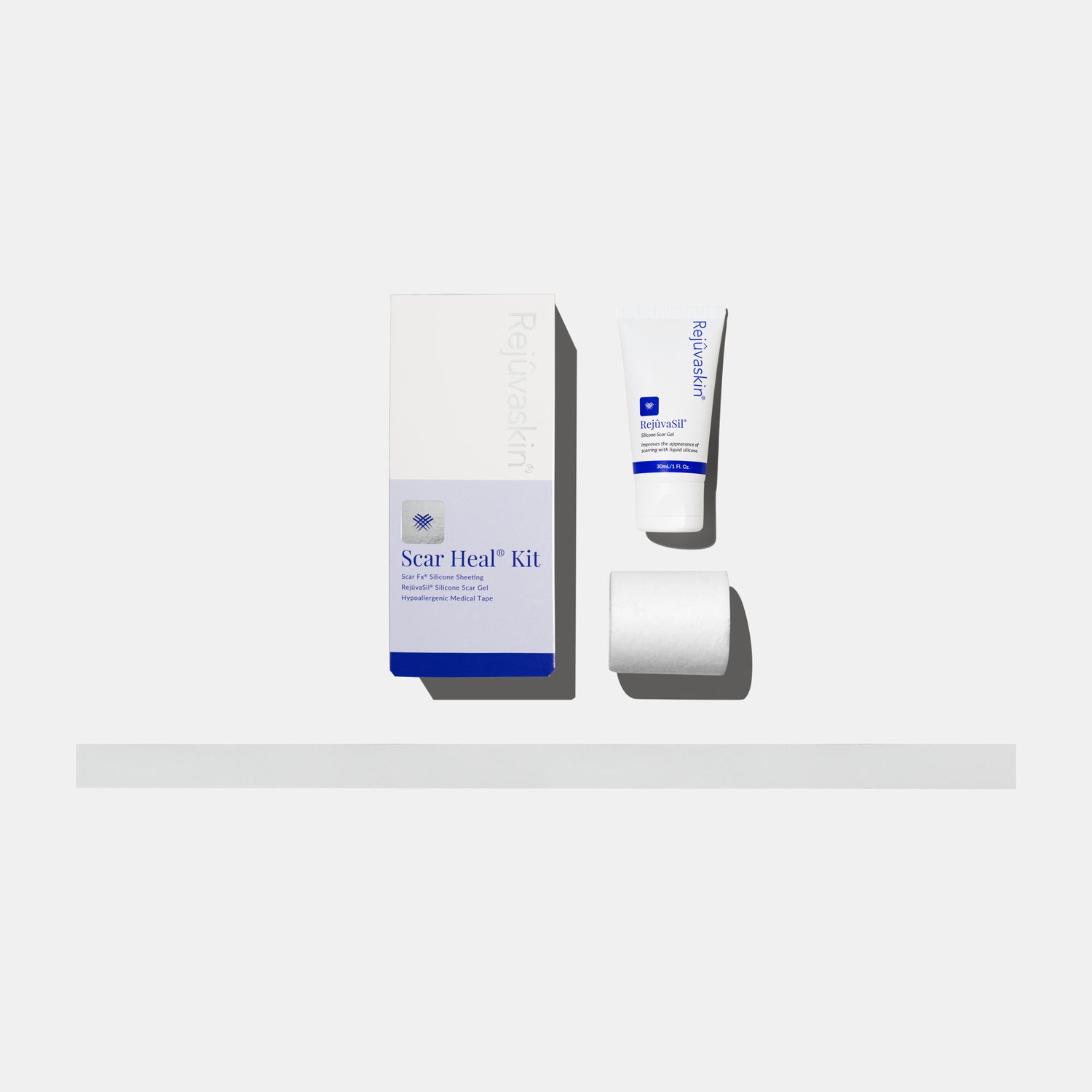


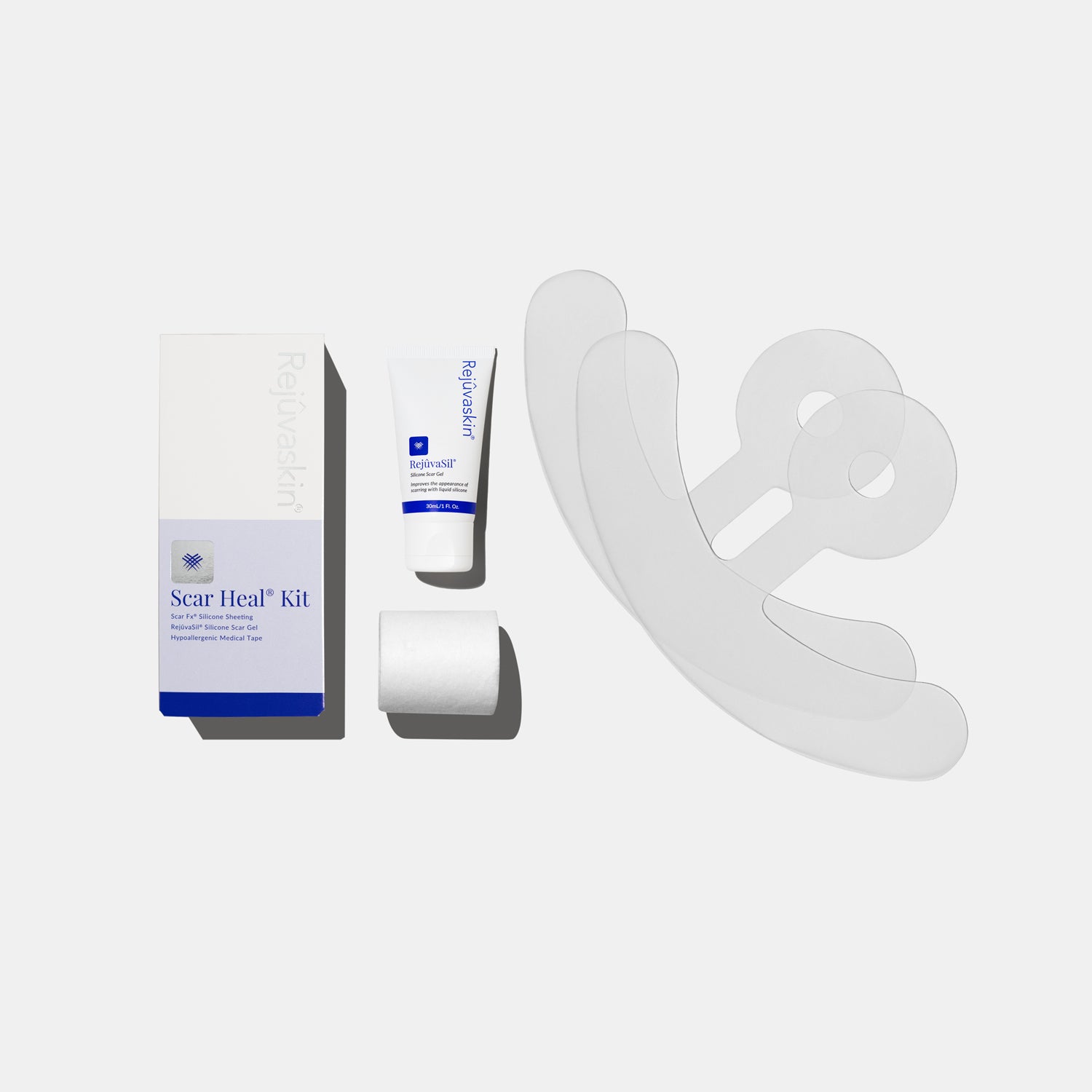
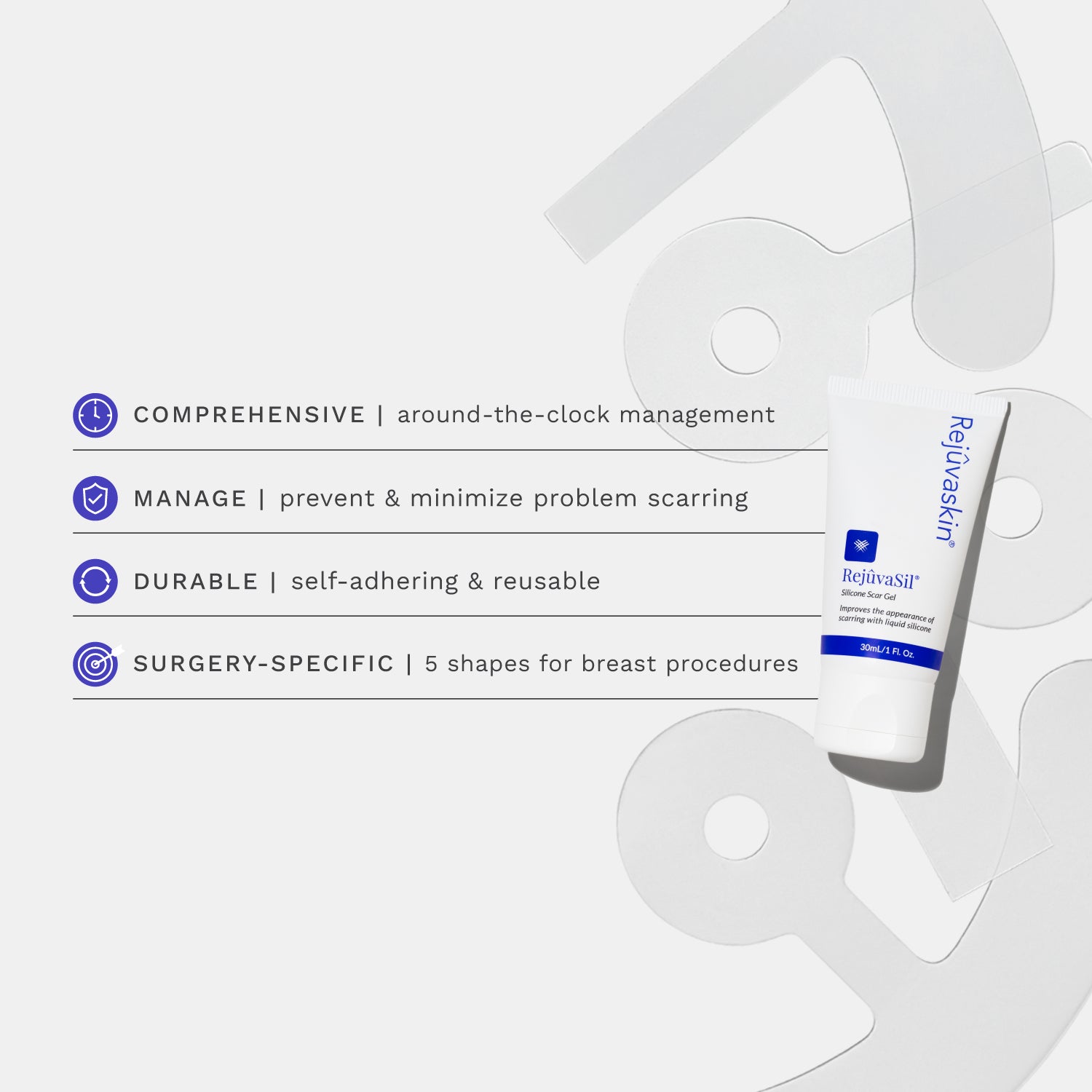
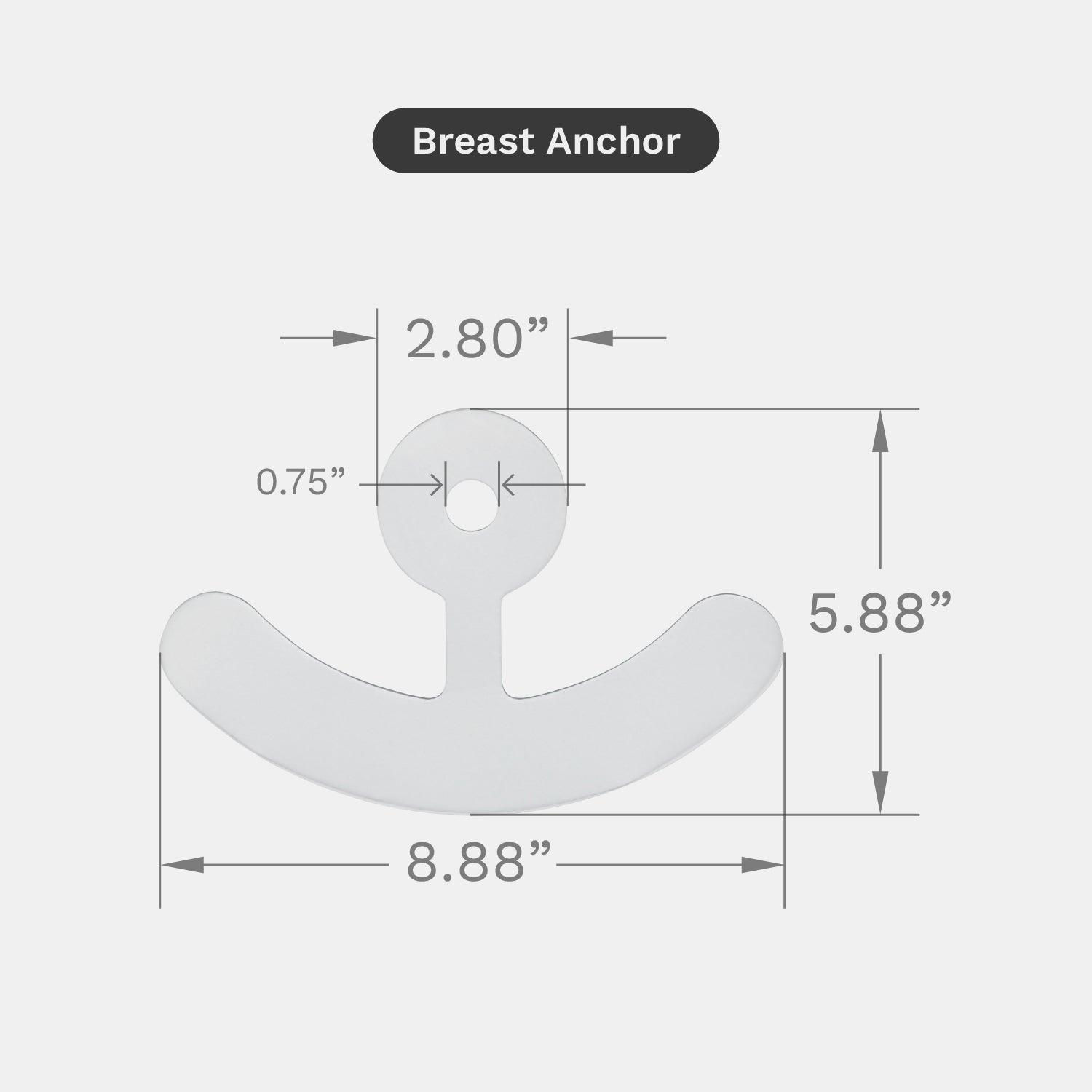
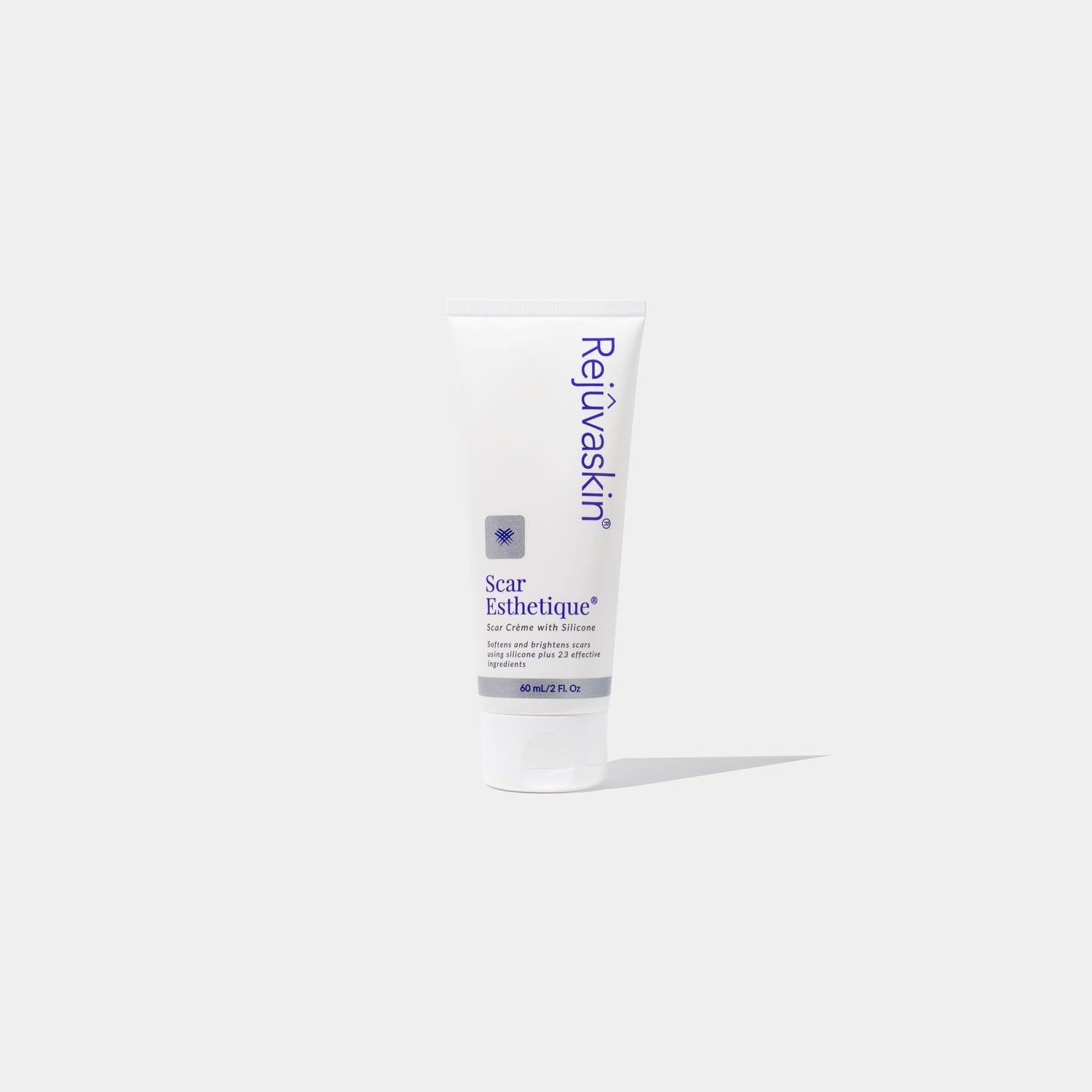
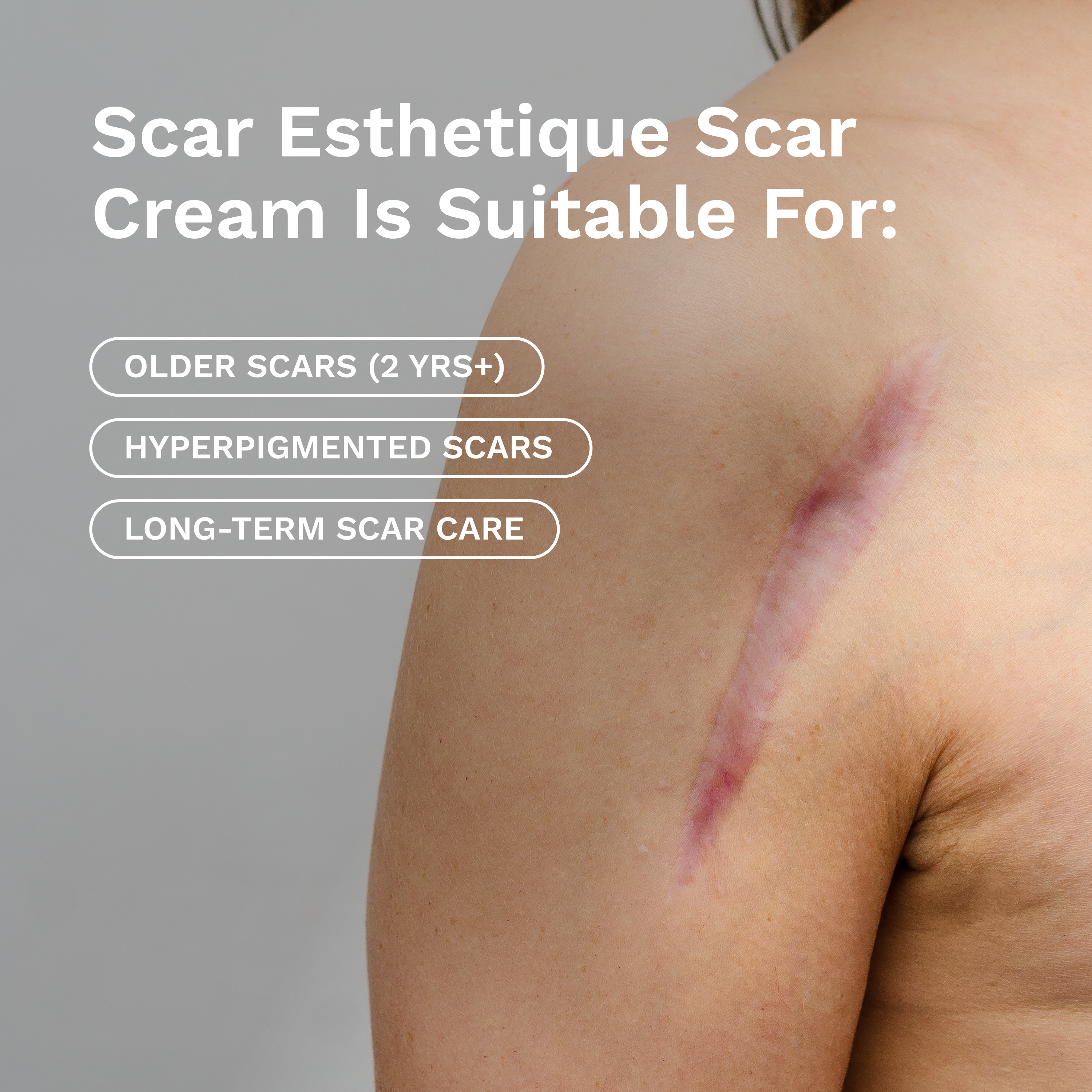








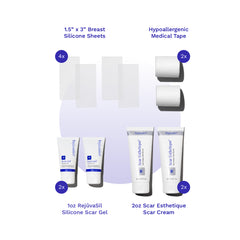
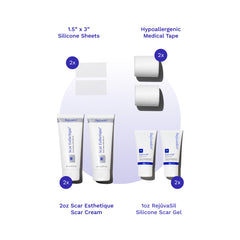

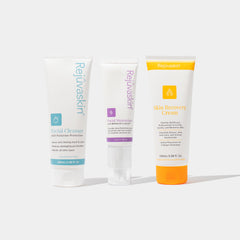

Leave a comment